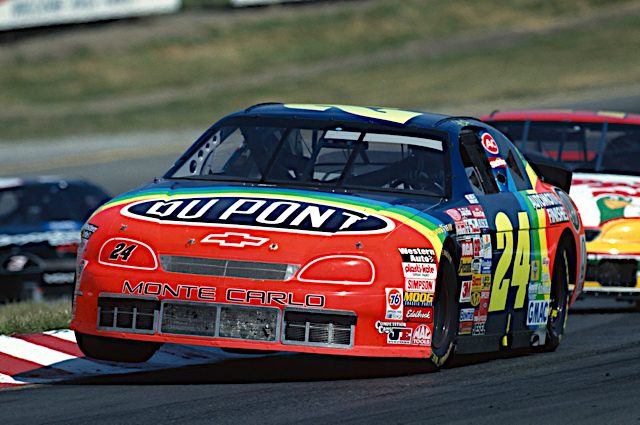To the left, to the left … to the right.
NASCAR hits the road this weekend at Sonoma Raceway, the second road course on the NASCAR Cup Series’ 2022 schedule. While the series has expanded its road-course offerings over the last couple of years, turning both left and right is still somewhat of a rarity in the oval-dominated series.
The popularity of road courses has grown in recent years (and rightfully so) and so has teams’ approach to them, especially since the Charlotte Motor Speedway infield course (sorry, Speedway Motorsports, but ROVAL isn’t a real word) was added to the playoffs, making road racing a necessary skill for drivers.
And it is a skill. One thing NASCAR offers with its variety of tracks is the opportunity for different skill sets to shine in the sport’s drivers. Short tracks take a different approach than intermediates which are a different skill set from superspeedways. And then there are road courses.
The last couple incarnations of the Cup car have been more adaptable to different tracks, eliminating the need for teams to build separate chassis for road courses, and that’s made adding them to the schedule a bit easier on race teams.
But it doesn’t make racing them easier on drivers.
For some, swinging from ovals to road courses has looked to be almost second nature, and for a select few, it looks easy.
Take Chase Elliott, the driver most would pick as the current road-course ace. Half of his 14 Cup wins to date have come on road courses, and those seven road wins are good enough already to seat him third on the all-time list of road-course wins, ahead of some of NASCAR’s biggest names.
As always, that should be taken with a grain of salt, because the Cup Series has more road races now than they did years ago, but it’s fair to say that Elliott is, at the very least, the best of today’s crop on these courses.
A look at NASCAR’s road-racing numbers is in some ways surprising and in others, not so much.
Seventeen tracks…
Click Here to Read the Full Original Article at Frontstretch…

